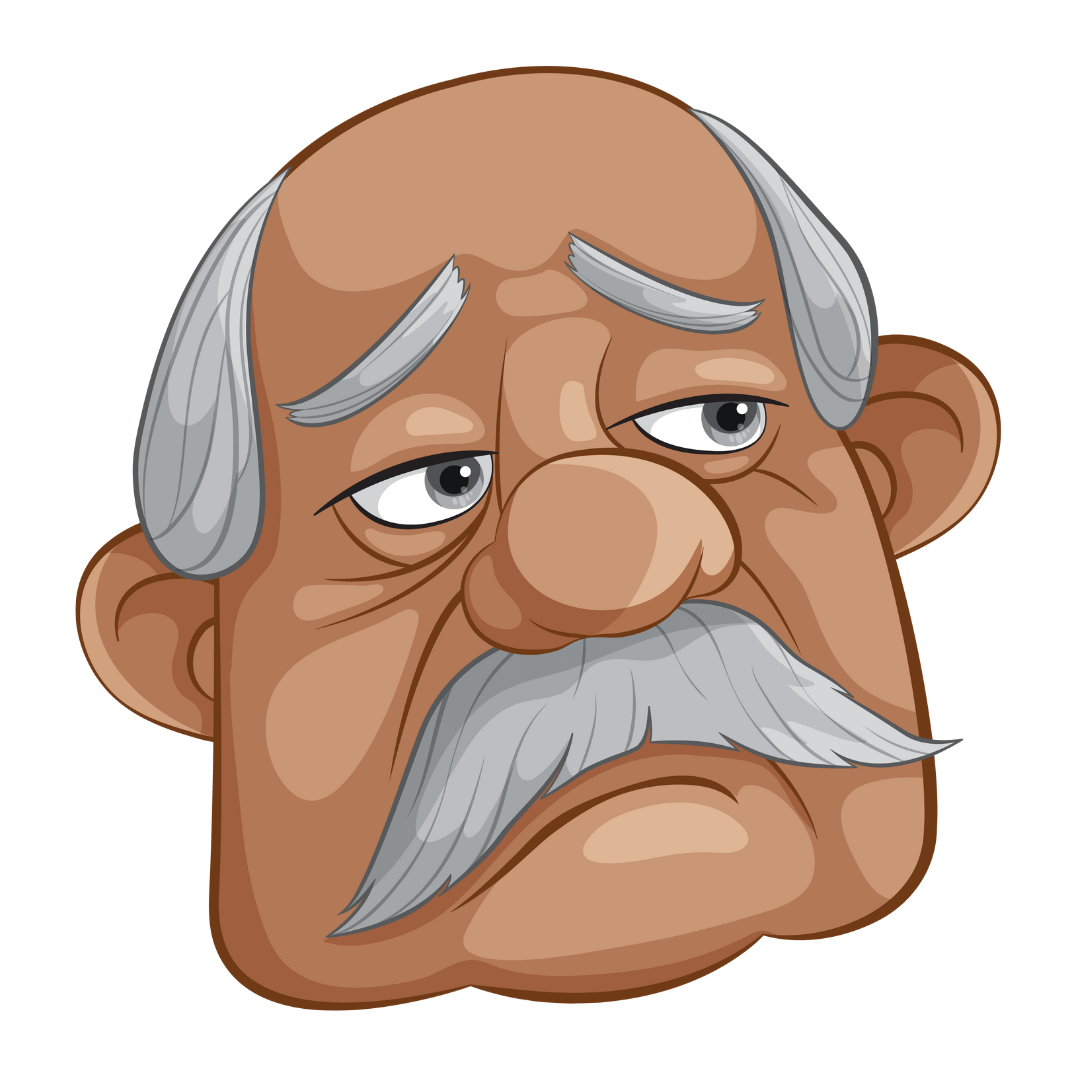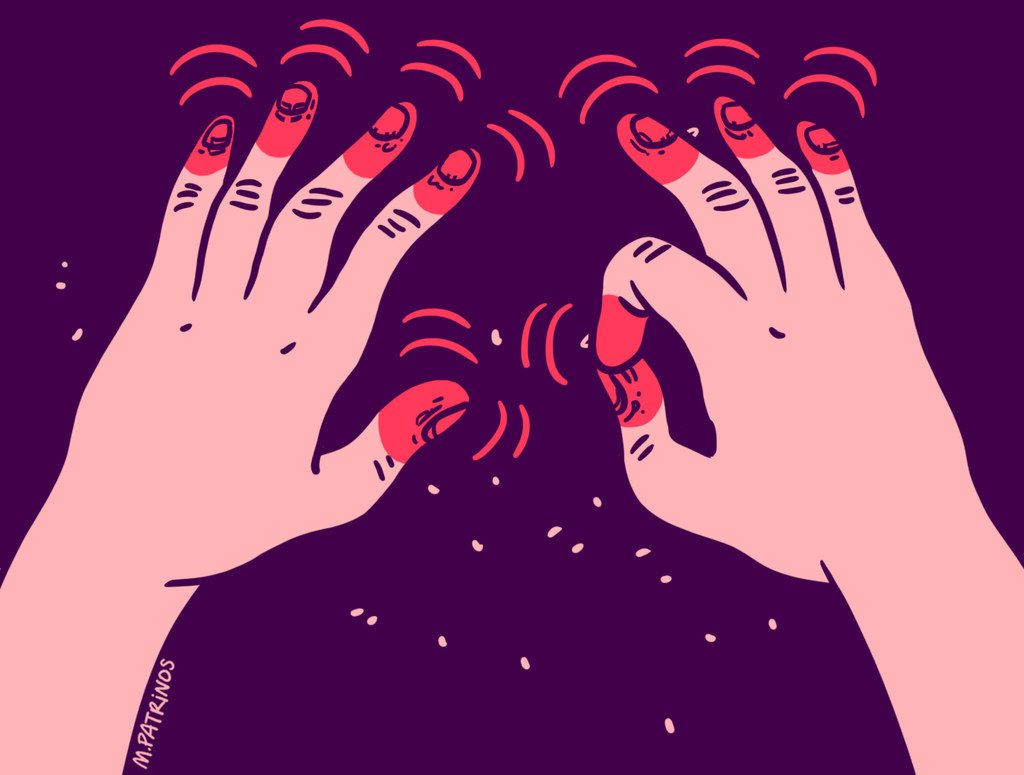31 Posts0.1k Comments

Is it rude to step away from loud conversations? I honestly can’t tell.
I was diagnosed Autistic since I was 18, and I’m still learning social rules that seem obvious to everyone else but feel like a maze to me. Something happened recently that I can’t stop thinking about. I was with a small group of coworkers during a break I’m still new at the job, so I’m trying to socialize and ease in slowly. The group started chatting excitedly, but within a few minutes the noise level went from normal to chaotic. Everyone talking over each other, laughing loudly, jumping betwe

20
31 Posts0.1k Comments 136
7 Posts31 Comments

✈️✨ Autism-Friendly Travel Tool Alert! ✨✈️
I recently discovered Ella.kids, an incredible AI-powered app that can write custom social stories and create task cards or visual schedules for any situation you describe! This is a game changer for autistic travelers and families who want to prepare for new experiences. Whether it’s flying for the first time, going through airport security, or checking into a hotel, you can describe the situation and Ella.kids will build a personalized social story to help preview each step of the trip. 💡 Wha

40
7 Posts31 Comments 31

What did you cook for Thanksgiving? 😁
I’m curious what everyone made this year! I love seeing the variety of dishes people come up with from traditional spreads to totally unique twists. For me, I kept it simple: roasted chicken instead of turkey, garlic mashed potatoes, honey-glazed carrots, and a small pan of stuffing. Nothing fancy, but it turned out comforting and really good. What about you all? Did you go classic? Try something new? Make everything from scratch or take a few shortcuts? I’d love to hear (and maybe borrow) some

10
18 Posts54 Comments 54
20 Posts0.1k Comments
The Line In The Sandwich
Human relationships are hard enough to navigate without neurodivergent issues, but here we are. I mean just look at the chaos that is the dating science; the impossible images that Hollywood presents and even the attempt that most churches make to regulate or smooth this troubled area. Our society has blurred the lines of relationships to where a lot of us can’t tell where friendship ends and romance begins - even half of all marriages end in divorce where the ‘rules’ of forever were well define
30
20 Posts0.1k Comments 104
14 Posts13 Comments

King Kong the game turns 20 years old... anyone else remember how good it was?
I absolutely love this game I can’t even count how many hours I poured into it as a kid. When it first came out, my parents had just bought our first PC, and the game was included as a demo with the graphics card. I was only 6, replaying the same three levels endlessly. When I finally got to play the full version years later, I remember getting terrified of the giant bugs because I didn’t realize you were supposed to use fire on them. I’ve probably finished this game over a hundred times in the

10
14 Posts13 Comments 13
3 Posts0 Comments

What is the Medicaid Waiver?
It is designed to allow individual with disabilities to receive long term care services in their home or community. It supports independent living and provides care that is tailored to their individual needs.
10
3 Posts0 Comments 0
16 Posts90 Comments

My 8-year-old won’t stop picking at his skin — here’s what finally started helping us
I never imagined something as small as nail and skin picking would become such a big part of our daily life, but here we are. My 8-year-old, who’s autistic, started picking to the point of bleeding sometimes without even realizing he was doing it. At first it scared me, then it frustrated me, and now I’m learning to see it for what it really is: communication. For him, picking isn’t about “bad behavior.” It’s a sensory and emotional response his way of coping when things feel too big, too loud,

10
16 Posts90 Comments 90
15 Posts13 Comments

What are you watching this Thanksgiving? 🍁👇
Here are some cozy, feel-good movies perfect for Thanksgiving weekend: Love at First Sight Holidate Always Be My Maybe Fatherhood Like Father His Three Daughters We Ride: Rodeo Hustle Good Sam Great mix of comedy, family vibes, romance, and uplifting stories.

10
15 Posts13 Comments 13
15 Posts13 Comments

November has taught me to breathe again...
You ever wake up one morning and realize you’ve been rushing through life without actually living it? That’s what this November felt like for me. A quiet, almost gentle reminder that the things I label as “normal” are actually miracles I’ve just grown used to. I found myself thanking God more often this month not because something huge happened, but because I finally slowed down enough to notice the small things He’s been doing all along. The breath in my lungs. The mornings I rise without pain.

10
15 Posts13 Comments 13
15 Posts32 Comments

Americans are holding onto devices longer than ever and it’s slowing productivity
I just read an article about how Americans are keeping their phones, laptops, and other devices way longer than they used to and apparently it’s starting to hurt the economy. The average person now holds onto a smartphone for 29 months, compared to 22 months in 2016. Some businesses hold onto their equipment for years, which can really slow down productivity. Some stories hit me like a retired woman who’s still using a 6-year-old Samsung phone because she can’t afford a new one. Or companies str

10
15 Posts32 Comments 32

